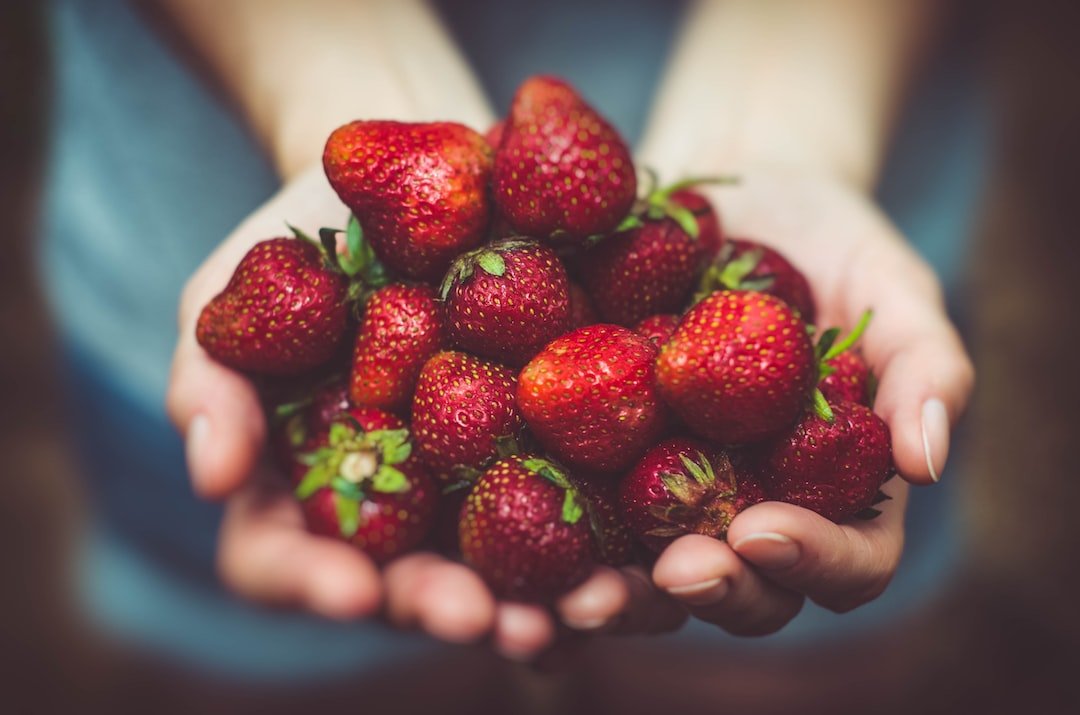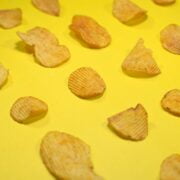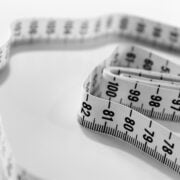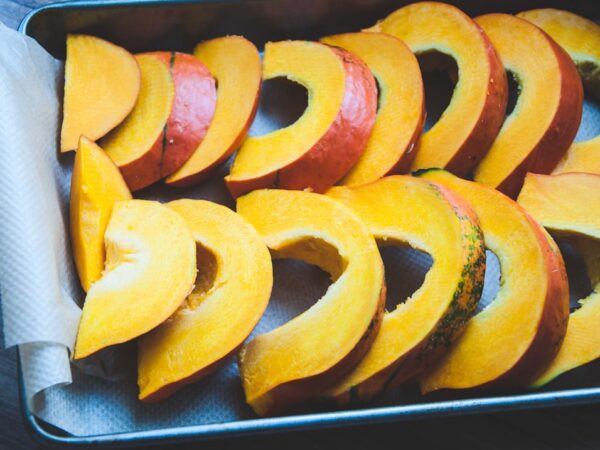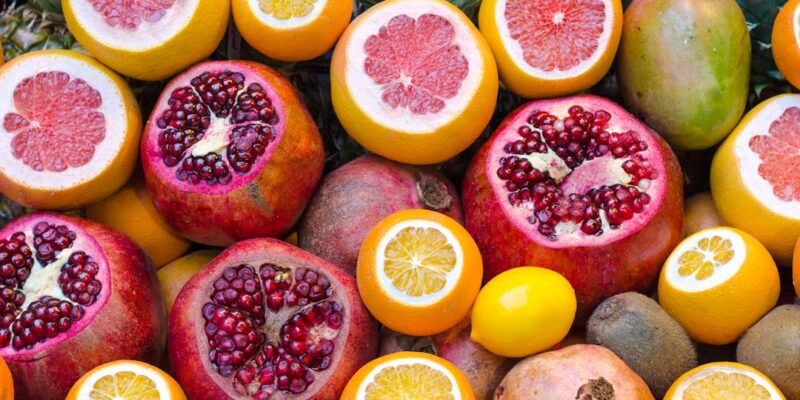
The Ultimate Guide to Keto Diet: Your Complete Food List
The ketogenic diet, or keto diet for short, is a low-carb, high-fat diet that has gained popularity in recent years. The main goal of the Keto Diet is to put your body into a state of ketosis, where it burns fat for fuel instead of carbohydrates. This is achieved by drastically reducing your intake of carbohydrates and increasing your consumption of fats.
The keto diet has been around for nearly a century and was originally developed as a treatment for epilepsy in the 1920s. It was later discovered that the diet also had other health benefits, such as weight loss and improved energy levels. Today, the keto diet is not only used as a therapeutic tool but also as a way to achieve weight loss and improve overall health.
Key Takeaways
- The Keto Diet is a low-carb, high-fat diet that puts your body into a state of ketosis.
- Benefits of the Keto Diet include weight loss, improved mental clarity, and increased energy levels.
- Foods to avoid on the Keto Diet include grains, sugars, and most fruits.
- Foods to include on the Keto Diet include meats, fish, low-carb vegetables, and healthy fats.
- Meal planning, snacking, and supplementing can all help make the Keto Diet work for you.
Benefits of the Keto Diet
One of the main reasons why people choose to follow the keto diet is for weight loss. When you restrict your intake of carbohydrates, your body is forced to burn fat for fuel instead. This can lead to significant weight loss, especially in the initial stages of the diet.
In addition to weight loss, many people report increased energy levels when following the keto diet. This is because fats are a more efficient source of energy than carbohydrates. When you eat a high-carb meal, your blood sugar levels spike and then crash, leaving you feeling tired and sluggish. On the other hand, when you eat a high-fat meal, your blood sugar levels remain stable, providing you with sustained energy throughout the day.
Another benefit of the keto diet is improved mental clarity. Many people report feeling more focused and alert when following the diet. This is because ketones, which are produced when your body is in ketosis, are a more efficient source of fuel for your brain than glucose.
The keto diet has also been shown to reduce inflammation in the body. Chronic inflammation has been linked to a variety of health conditions, including heart disease, diabetes, and certain types of cancer. By reducing your intake of inflammatory foods, such as sugar and processed grains, and increasing your consumption of anti-inflammatory foods, such as healthy fats and vegetables, you can help reduce inflammation in your body.
Finally, the keto diet has been shown to lower the risk of certain diseases. Research has found that the diet can improve insulin sensitivity, reduce blood sugar levels, and lower cholesterol levels, all of which are risk factors for conditions like type 2 diabetes and heart disease.
Foods to Avoid on the Keto Diet
When following the keto diet, there are several foods that you should avoid. These include high-carb foods like bread, pasta, rice, and potatoes. These foods are high in carbohydrates and can quickly kick you out of ketosis.
Sugary foods should also be avoided on the keto diet. This includes things like candy, soda, and baked goods. These foods are not only high in carbs but also provide little to no nutritional value.
Processed foods should be limited or avoided altogether on the keto diet. These foods are often high in unhealthy fats, added sugars, and artificial ingredients. Instead, focus on whole, unprocessed foods that are nutrient-dense.
Grains and starches should also be avoided on the keto diet. This includes things like wheat, corn, oats, and rice. These foods are high in carbohydrates and can quickly derail your progress on the diet.
Foods to Include on the Keto Diet
| Foods to Include on the Keto Diet | Benefits |
|---|---|
| Avocado | High in healthy fats and fiber |
| Leafy Greens | Low in carbs and high in nutrients |
| Eggs | High in protein and healthy fats |
| Coconut Oil | High in healthy fats and may boost ketone levels |
| Nuts and Seeds | High in healthy fats and protein |
| Meat and Poultry | High in protein and low in carbs |
| Seafood | High in healthy fats and protein |
| Low-Carb Vegetables | Low in carbs and high in nutrients |
| Cheese | High in healthy fats and protein |
| Plain Greek Yogurt | High in protein and low in carbs |
While there are many foods to avoid on the keto diet, there are also plenty of delicious and nutritious foods that you can enjoy. Healthy fats should make up a significant portion of your diet on the keto diet. This includes things like avocados, nuts and seeds, olive oil, coconut oil, and grass-fed butter.
Low-carb vegetables should also be included in your meals on the keto diet. These include leafy greens, broccoli, cauliflower, zucchini, and bell peppers. These vegetables are low in carbohydrates but high in fiber and nutrients.
High-quality proteins are an important part of the keto diet. This includes things like grass-fed beef, pasture-raised poultry, wild-caught fish, and organic eggs. Protein is essential for building and repairing tissues in the body.
Nuts and seeds are a great snack option on the keto diet. They are high in healthy fats and provide a good source of protein. Some examples of nuts and seeds that are keto-friendly include almonds, walnuts, chia seeds, and flaxseeds.
Meal Planning for the Keto Diet
Meal planning is an essential part of successfully following the keto diet. When you have a plan in place, you are less likely to make impulsive food choices that may not align with your goals.
A sample meal plan for a day on the keto diet could look like this:
– Breakfast: Scrambled eggs cooked in coconut oil with spinach and feta cheese.
– Lunch: Grilled chicken breast with a side of roasted broccoli and cauliflower.
– Snack: Celery sticks with almond butter.
– Dinner: Baked salmon with a side of sautéed kale and mushrooms.
– Dessert: Keto-friendly chocolate mousse made with avocado and cocoa powder.
When meal planning on the keto diet, it’s important to focus on whole, unprocessed foods that are low in carbohydrates and high in healthy fats. This will help keep you in ketosis and provide your body with the nutrients it needs to thrive.
Some tips for meal planning on the keto diet include:
– Plan your meals ahead of time and make a grocery list.
– Prep your meals in advance to save time during the week.
– Experiment with different recipes to keep things interesting.
– Don’t be afraid to eat leftovers for lunch or dinner.
– Listen to your body and adjust your meals as needed.
Snacks and Desserts for the Keto Diet

Snacking can be a challenge on the keto diet, as many traditional snack foods are high in carbohydrates. However, there are plenty of healthy snack options that are keto-friendly.
Some healthy snack options for the keto diet include:
– Hard-boiled eggs
– Cheese sticks
– Olives
– Nuts and seeds
– Avocado
– Celery sticks with almond butter
– Pork rinds
– Beef jerky
When it comes to desserts on the keto diet, there are also plenty of options that are low in carbohydrates and high in healthy fats. Some examples of keto-friendly desserts include:
– Keto-friendly chocolate mousse made with avocado and cocoa powder.
– Chia seed pudding made with coconut milk and berries.
– Keto-friendly cheesecake made with almond flour crust and cream cheese filling.
– Coconut flour pancakes topped with sugar-free syrup and berries.
– Dark chocolate dipped in almond butter.
When you have a craving for something sweet on the keto diet, it’s important to find alternatives that satisfy your cravings without derailing your progress. Experiment with different recipes and find what works best for you.
Eating Out on the Keto Diet
Eating out can be challenging when you’re following a specific diet, but it’s still possible to make keto-friendly choices at restaurants. Here are some strategies for eating out on the keto diet:
– Choose a protein-based dish: Look for dishes that feature high-quality proteins like grilled chicken, steak, or fish. Avoid dishes that are breaded or served with high-carb sauces.
– Opt for low-carb vegetables: Instead of ordering a side of fries or mashed potatoes, choose steamed or sautéed vegetables as your side dish.
– Ask for substitutions: Don’t be afraid to ask for substitutions or modifications to make a dish more keto-friendly. For example, you can ask for a lettuce wrap instead of a bun or for extra vegetables instead of rice.
– Be mindful of hidden carbs: Be aware that some sauces and dressings may contain hidden sugars or starches. Ask for dressings on the side and read ingredient labels when possible.
– Skip the bread basket: If you’re dining at a restaurant that serves bread before the meal, politely decline or ask for it to be removed from the table.
Examples of keto-friendly restaurant meals include:
– Grilled chicken or steak with a side of steamed vegetables.
– Cobb salad with grilled chicken, bacon, avocado, and blue cheese dressing.
– Salmon with a side of sautéed spinach and mushrooms.
– Bunless burger with lettuce, tomato, and avocado.
– Caesar salad with grilled shrimp or chicken.
When navigating social situations on the keto diet, it’s important to communicate your dietary needs to others. Let your friends and family know about your dietary restrictions and offer to bring a keto-friendly dish to gatherings.
Supplements to Support the Keto Diet
While it’s possible to get all the nutrients you need from whole foods on the keto diet, some people may benefit from taking supplements. Here are some supplements that can support your health on the keto diet:
– Electrolytes: When you restrict your intake of carbohydrates, your body excretes more water and electrolytes. Supplementing with electrolytes can help prevent dehydration and maintain proper electrolyte balance.
– Omega-3 fatty acids: Omega-3 fatty acids are essential fats that have been shown to reduce inflammation in the body. They can be found in fatty fish like salmon and sardines, but some people may benefit from taking a fish oil supplement.
– Magnesium: Magnesium is an essential mineral that plays a role in over 300 biochemical reactions in the body. It can be difficult to get enough magnesium from food alone, so some people may benefit from taking a magnesium supplement.
– Vitamin D: Vitamin D is important for bone health, immune function, and overall well-being. It can be difficult to get enough vitamin D from food alone, especially if you live in a northern climate. Some people may benefit from taking a vitamin D supplement.
– Probiotics: Probiotics are beneficial bacteria that support gut health. They can help improve digestion and boost the immune system. Some people may benefit from taking a probiotic supplement, especially if they have digestive issues.
When choosing supplements, it’s important to choose high-quality products that are free from fillers and additives. Look for third-party testing and certifications to ensure that the product meets quality standards.
Common Mistakes to Avoid on the Keto Diet
While the keto diet can be effective for weight loss and improving overall health, there are some common mistakes that people make when following the diet. Here are some mistakes to avoid:
– Eating too many carbs: One of the main principles of the keto diet is to restrict your intake of carbohydrates. If you eat too many carbs, you may not achieve ketosis and may not experience the full benefits of the diet.
– Not getting enough healthy fats: Healthy fats are a crucial part of the keto diet. They provide energy, support brain health, and help keep you feeling full and satisfied. Make sure to include plenty of healthy fats in your meals and snacks.
– Not drinking enough water: When you’re in ketosis, your body excretes more water and electrolytes. It’s important to stay hydrated by drinking plenty of water throughout the day.
– Not tracking macros: Tracking your macronutrient intake can be helpful when following the keto diet. This involves keeping track of your daily intake of carbohydrates, fats, and proteins to ensure that you’re staying within the recommended ranges.
Making the Keto Diet Work for You
In conclusion, the keto diet is a low-carb, high-fat diet that can help you achieve weight loss, improve energy levels, enhance mental clarity, reduce inflammation, and lower the risk of certain diseases. By avoiding high-carb foods, sugary foods, processed foods, and grains and starches, and focusing on healthy fats, low-carb vegetables, high-quality proteins, and nuts and seeds, you can successfully follow the keto diet.
Meal planning is an important part of the keto diet and can help you stay on track with your goals. By planning your meals ahead of time, prepping your meals in advance, and experimenting with different recipes, you can make the keto diet sustainable and enjoyable.
When it comes to snacks and desserts on the keto diet, there are plenty of options that are low in carbohydrates and high in healthy fats. By choosing healthy snack options and experimenting with keto-friendly dessert recipes, you can satisfy your cravings without derailing your progress.
Eating out on the keto diet can be challenging but with some strategies in place, it’s still possible to make keto-friendly choices at restaurants. By choosing protein-based dishes, opting for low-carb vegetables, asking for substitutions, being mindful of hidden carbs, and skipping the bread basket, you can navigate social situations while staying on track with your goals.
Supplements can also support your health on the keto diet. Electrolytes, omega-3 fatty acids, magnesium, vitamin D, and probiotics are some supplements that can be beneficial. When choosing supplements, make sure to choose high-quality products that are free from fillers and additives.
Finally, it’s important to avoid common mistakes on the keto diet such as eating too many carbs, not getting enough healthy fats, not drinking enough water, and not tracking macros. By being mindful of these mistakes and making adjustments as needed, you can make the keto diet work for you.
In conclusion, the keto diet can be a powerful tool for achieving weight loss, improving energy levels, enhancing mental clarity, reducing inflammation, and lowering the risk of certain diseases. By understanding the principles of the diet, making smart food choices, planning your meals, and being mindful of your body’s needs, you can successfully follow the keto diet and reap its many benefits.
FAQs
What is a Keto Diet?
A Keto Diet is a low-carb, high-fat diet that aims to put your body in a state of ketosis, where it burns fat for energy instead of carbohydrates.
What foods are allowed on a Keto Diet?
Foods that are allowed on a Keto Diet include meat, fish, eggs, dairy, nuts and seeds, healthy oils, low-carb vegetables, and some fruits in moderation.
What foods should be avoided on a Keto Diet?
Foods that should be avoided on a Keto Diet include grains, sugar, processed foods, high-carb fruits, and starchy vegetables.
What are some examples of low-carb vegetables?
Examples of low-carb vegetables include spinach, kale, broccoli, cauliflower, zucchini, and asparagus.
What are some examples of healthy oils?
Examples of healthy oils include olive oil, coconut oil, avocado oil, and MCT oil.
Can I eat dairy on a Keto Diet?
Yes, dairy is allowed on a Keto Diet, but it should be consumed in moderation and should be full-fat and low in carbs.
Can I eat fruit on a Keto Diet?
Yes, some fruits are allowed on a Keto Diet, but they should be consumed in moderation and should be low in carbs, such as berries.
Can I eat nuts and seeds on a Keto Diet?
Yes, nuts and seeds are allowed on a Keto Diet, but they should be consumed in moderation and should be low in carbs, such as almonds, walnuts, and chia seeds.
Can I eat processed foods on a Keto Diet?
No, processed foods should be avoided on a Keto Diet as they are often high in carbs and sugar.




